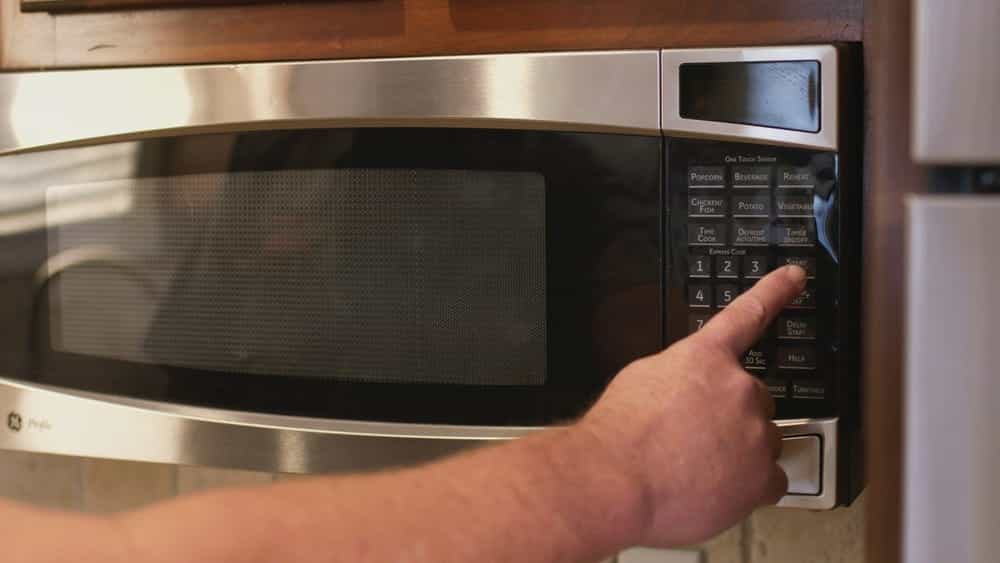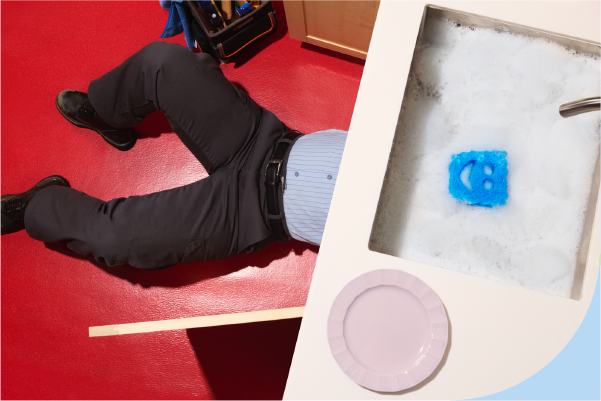Lifestyle Ideas & Tips
Discover a treasure trove of lifestyle tips and ideas designed to help you create a balanced, fulfilling home life. From stress management techniques and wellness strategies to entertaining inspiration and family-friendly activities, our collection of articles offers something for everyone. Find inspiration to cultivate a nurturing space that enriches your daily life.



Rainy Season Survival Guide: How to Prevent Flooding and Leaks

Spring Into Action: Exterior Home Maintenance Guide

Ranking: Which States Have the Moldiest Homes?

DIY Home Inspection Checklist for Sellers

Your Essential New Home Checklist: Tips for Getting Settled

Don't Worry. Be Warranty.
Have a plan for your home when things don't go according to plan
Shop Home Warranties